
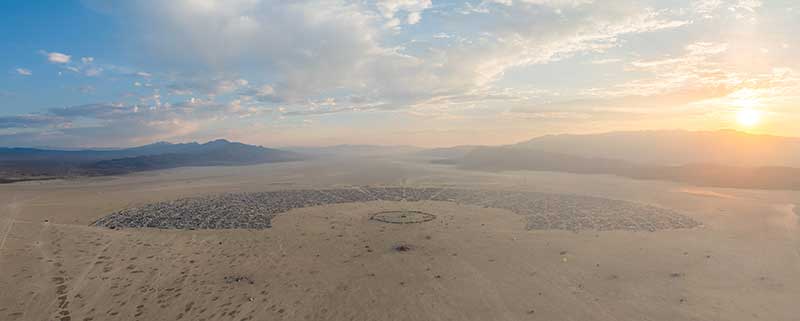
Black Rock City (2024), 70,000 citizens
Beyond the Dust
The Art and Community of Burning Man
By Laura Henkel // Photography by Jamen Percy
If you haven’t attended Burning Man, you’ve likely formed an impression from what you’ve read online, seen through images on social media, or heard from friends who’ve been. It’s an event that so many different things for many people. After 14 years of attending, I can tell you it offers something magical – a unique blend of creativity and community that can’t be easily replicated elsewhere. Still, I am thankful people bring aspects of it back to their communities.
Burning Man is not just a reset; it’s also my annual art retreat. Each time The Man burns, it symbolizes a fresh start, a moment to reflect and refocus. I ask myself: What has inspired me, who have I met and what can I bring back to my network of projects and professional relationships? While many are drawn to the event for its sense of community, music or freedom, I return each year for the art. The imagination and determination of the artists—who bring everything from intimate creations to monumental installations into one of the most challenging environments on Earth—never fail to always inspire awe.
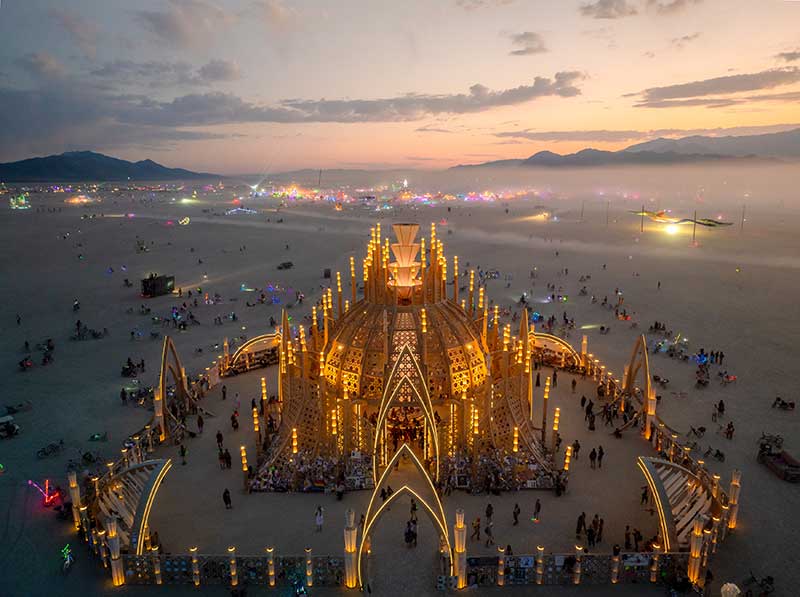
The Temple of Together by Caroline Ghosn at night with its intricate lighting
Burning Man is located in the Black Rock Desert, a flat, barren and inhospitable landscape prone to dust storms and extreme temperatures. Despite this, it’s the perfect stage for some of the most ambitious art ever created. Every year, Black Rock City rises and falls, guided by one of Burning Man’s core principles: “Leave no trace.”
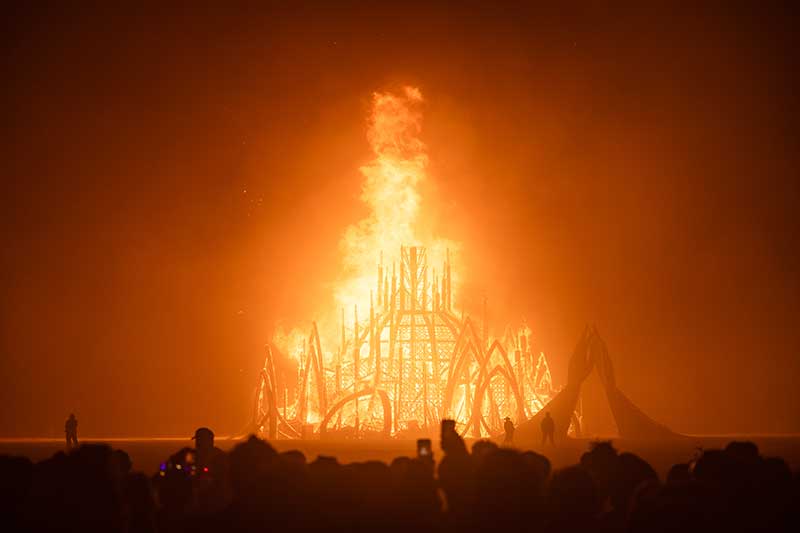
The Temple of Together burns in a dust storm on the Sunday of the event.
Art at Burning Man defies categorization. The playa is a vast canvas on which artists experiment with scale, medium and form in ways rarely possible elsewhere. From kinetic sculptures to interactive structures, the variety of art is staggering, consistently pushing boundaries.
Maria Loli Partridge, one of Burning Man’s art liaisons, is a key figure behind much of this creativity. Personally, Maria oversees more than 100 art projects each year, which is pivotal in ensuring that artists have the support they need to bring their visions to life in the desert. The Burning Man Arts team provides resources like funding, logistical support and collaboration networks. “Over 350 projects were registered, with 75 receiving grants from the organization,” Maria reflects, highlighting the vibrant creativity that continues to thrive on the playa.
These projects aren’t just artistic endeavors but vast undertakings that require vision, resilience and a deep sense of community. Thanks to the combined efforts of Maria and the Burning Man Arts team, the playa becomes a living canvas of awe-inspiring achievements, reminding us of the power of collaboration.
Increasingly, cities and corporations are recognizing the value of these installations, acquiring art that premiered on the playa for permanent exhibition. I hope more cities and businesses follow suit. If you see an artist creating for Burning Man, consider supporting their work by encouraging your civic leaders or local companies to acquire the piece for public display. These works deserve to be seen by more people.
Although Burning Man lasts only a week, its art leaves a lasting impact. Many pieces are later exhibited in museums and galleries worldwide, extending the spirit of Burning Man to broader audiences—such as the Renwick Gallery at the Smithsonian American Art Museum, Chatsworth House in the United Kingdom and even Sotheby’s auctions.
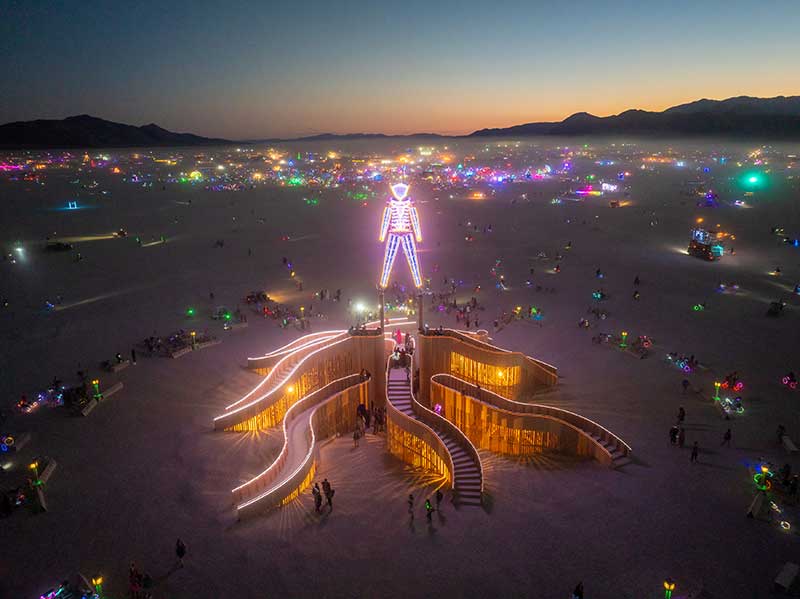
The Man base “The Other” by Jen Lewin
You may have noticed Burning Man art in cities such as the Tree of Ténéré by Studio Drift, a 30-foot-tall tributary sculpture with over 75,000 LED lights in Dallas, Texas or Desert Guard by Lu Ming, a 49-foot-tall metal sculpture in Reno, Nevada. In Las Vegas, for instance, you might recognize Big Rig Jig, a 50-foot structure built from discarded tanker trucks by Mike Ross, now residing at Fergusons Downtown. Another iconic piece, Bliss Dance by Marco Cochrane, is a stunning 40-foot sculpture at Park MGM on the Las Vegas Strip. Soon, Las Vegas will also welcome a 150-foot-long Boeing 747 jumbo jet purchased by the Fisher Brothers for AREA15.
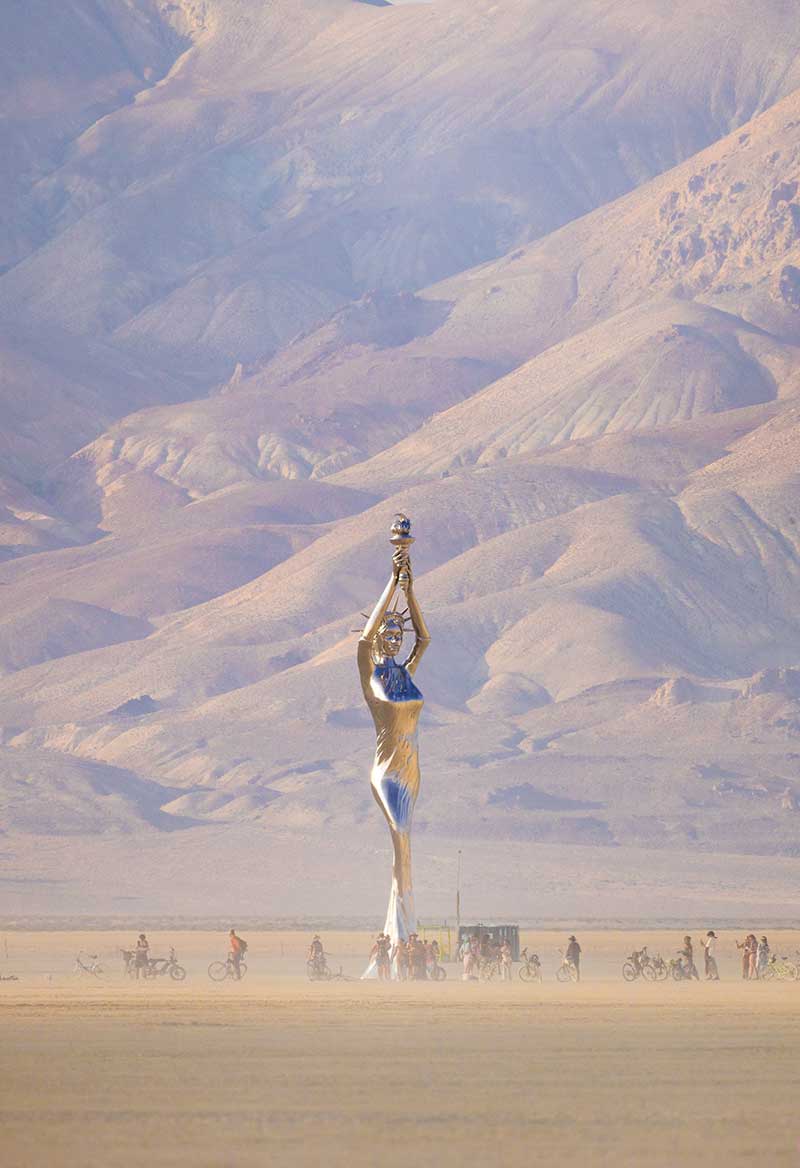
Liberty by Micahel Benisty
It’s not just physical art that leaves a lasting impression. Burning Man has inspired experiential and interactive art that challenges traditional boundaries. The focus on community, participation and immersion has influenced how art is conceived and experienced globally.
For artists, the playa is a blank canvas and a source of inspiration. For patrons and volunteers, it’s a chance to be part of something bigger. The art at Burning Man is raw, experimental and often impermanent—mirroring the transient nature of the desert itself. But while the installations may disappear, their impact lingers, reminding us of the power of human imagination and the importance of creating spaces where art can flourish.
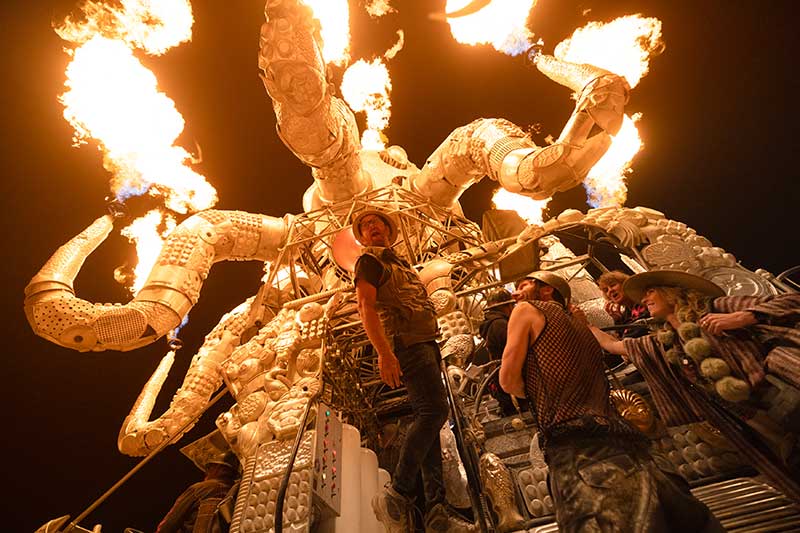
El Pulpo Magnífico unleashing its propane tanks
Burning Man is a collective dream made real by artists, patrons and participants who come together yearly to create something extraordinary. Whether you’re standing before a massive sculpture or watching The Man burn at week’s end, there’s a sense of shared experience, a recognition that everyone present is contributing to something greater.
For those who haven’t attended, it’s easy to be swept up by the images and stories shared online. But Burning Man is so much more than what you see. It’s about the process, the community and the magic that happens when people come together to create in one of the most inhospitable places on Earth. Whether you’re an artist, a patron or simply an observer, the art of Burning Man demands respect for its scale, ambition and the incredible effort to bring it to life.
As cities and businesses continue acquiring work from the playa, I hope more follow suit. Art born in such challenging conditions can inspire and transform the communities it touches.
Jamen Percy: The Man Behind the Camera Lens
Born in Sydney and raised in London, Jamen Percy is a dual national of Australia and the United Kingdom. After spending a decade in London, he earned UK citizenship, which he added to his Australian nationality.
Jamen’s career has spanned prestigious roles, including four years at M&CSAATCHI in Sydney, eight years at AKQA in London, two years freelancing in London and two years at We Are Social in Sydney.
He was also part of the Burning Man Documentation Team, an experience that opened up new horizons. This newfound passion for exploration led him from the Arctic Circle, where he swam with wild Orcas at -38°C, to the sweltering jungles of India in search of Bengal tigers.
Currently, Jamen is working on Project: Jaguar, a cutting-edge photography project where he’s developed a wireless camera trap system capable of functioning for up to six weeks unmanned. With multiple wireless flash units spanning over 100 meters, this system is designed to capture the elusive jaguars inside ancient Mayan caves.
While temporarily grounded due to COVID-19, Jamen has shifted focus to photographing surfers and free divers along Sydney’s Northern beaches using new underwater equipment, including the Canon R5 and DJI Phantom 4.
With a lifelong passion for the natural world and imagery, Jamen’s journey into wildlife photography took off after purchasing his first SLR in 2008. Since then, his love for the wild has grown stronger, blending adventure with a keen eye for capturing nature’s raw beauty.

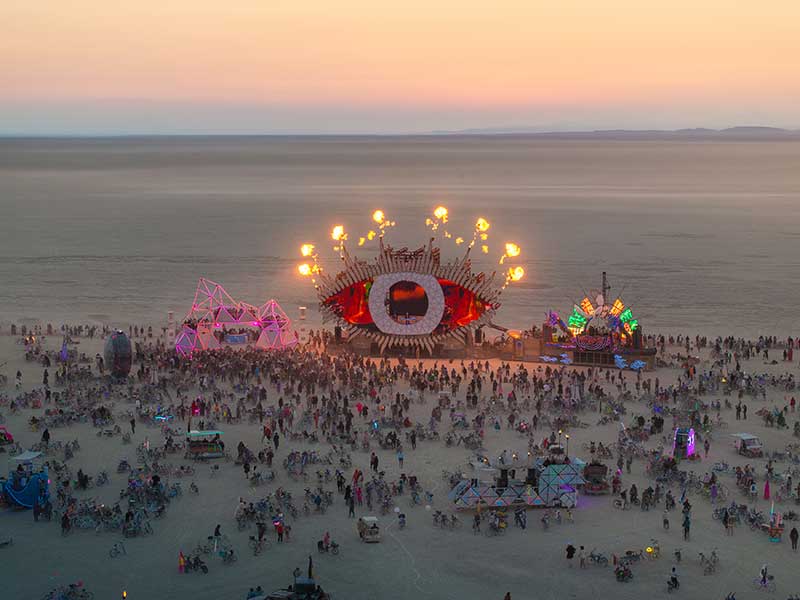
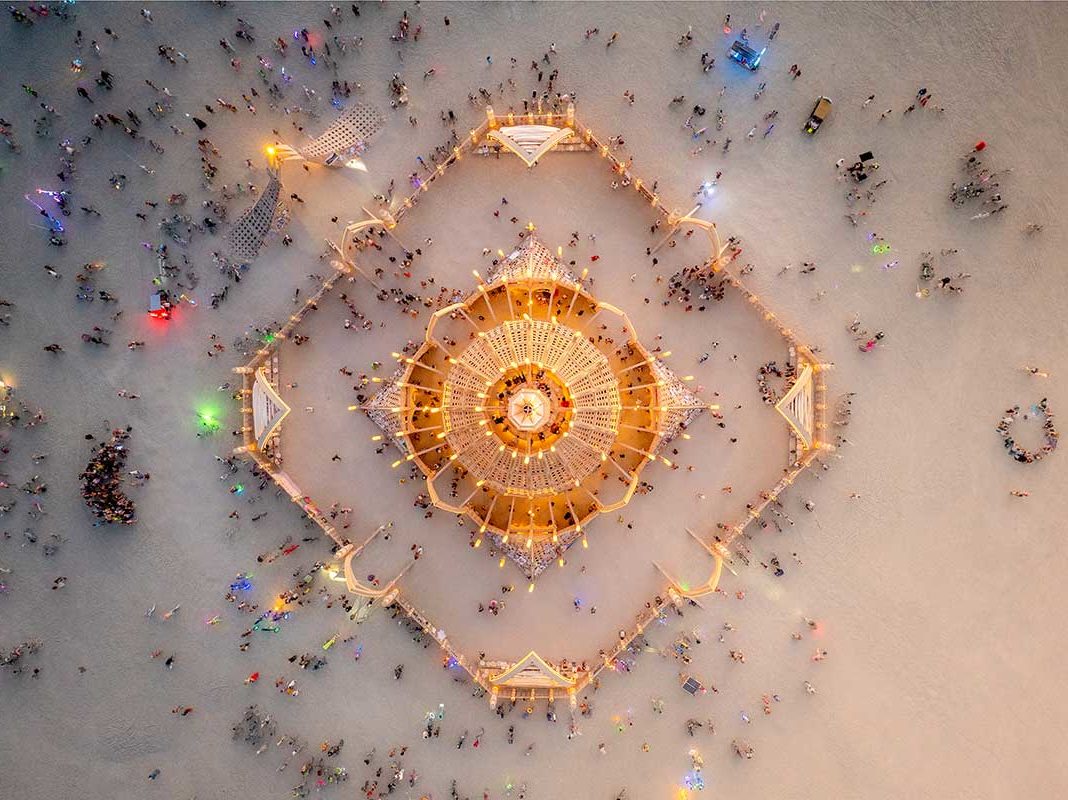
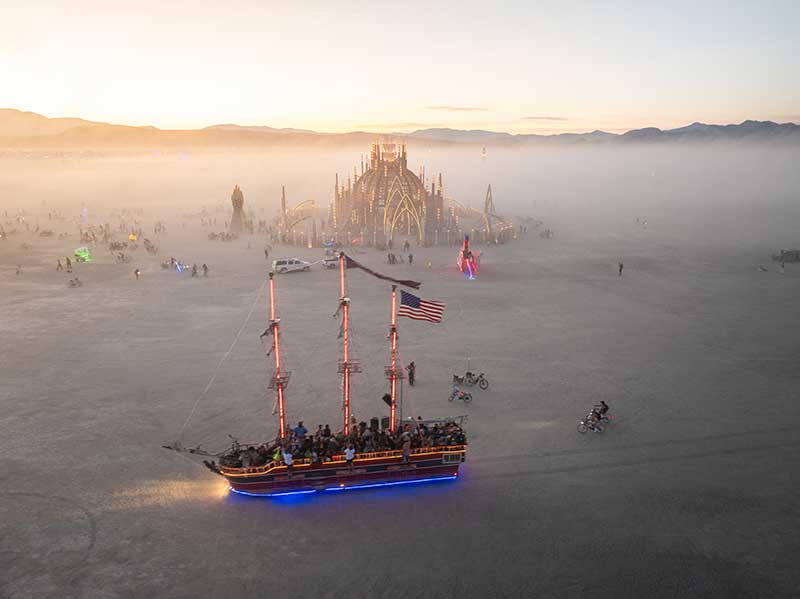
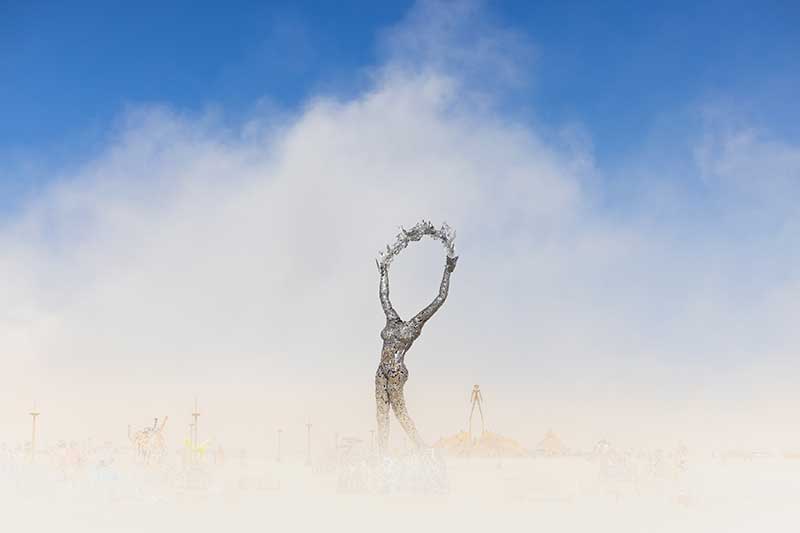
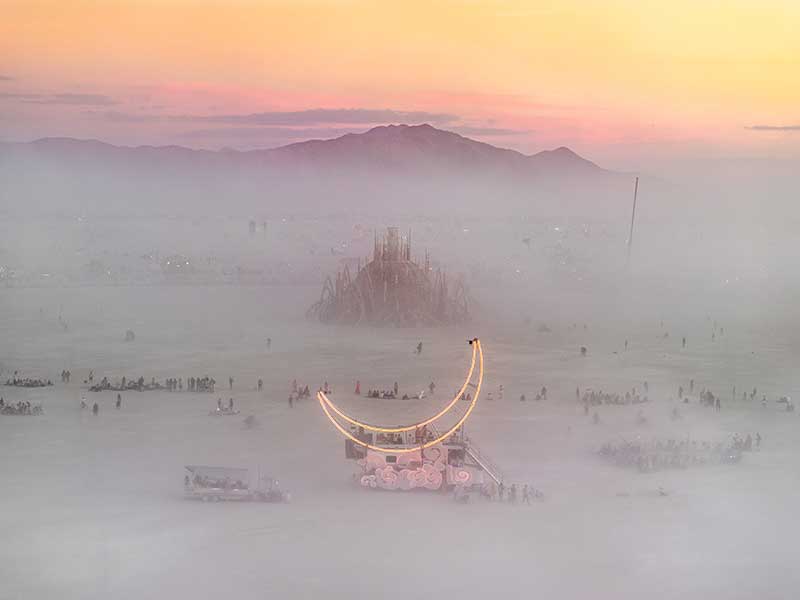
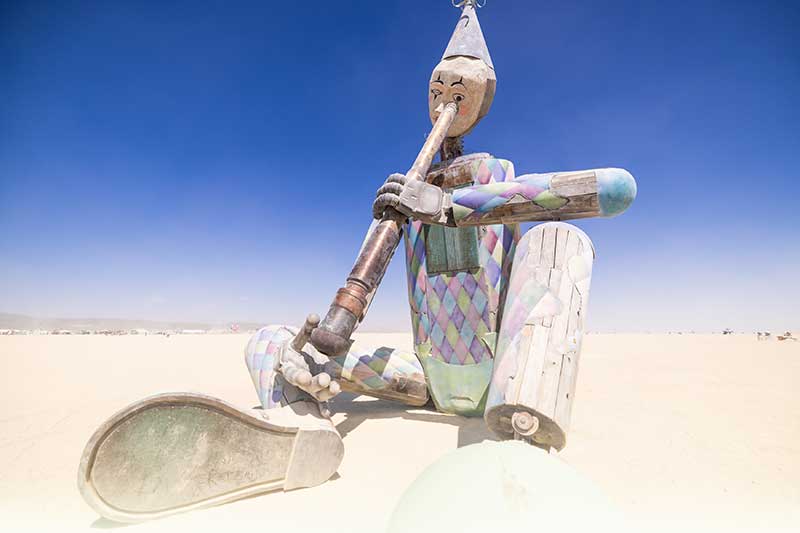
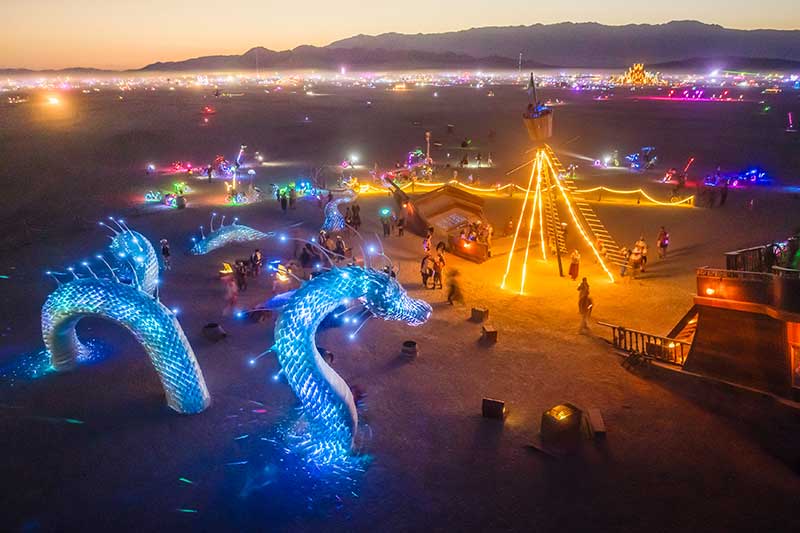

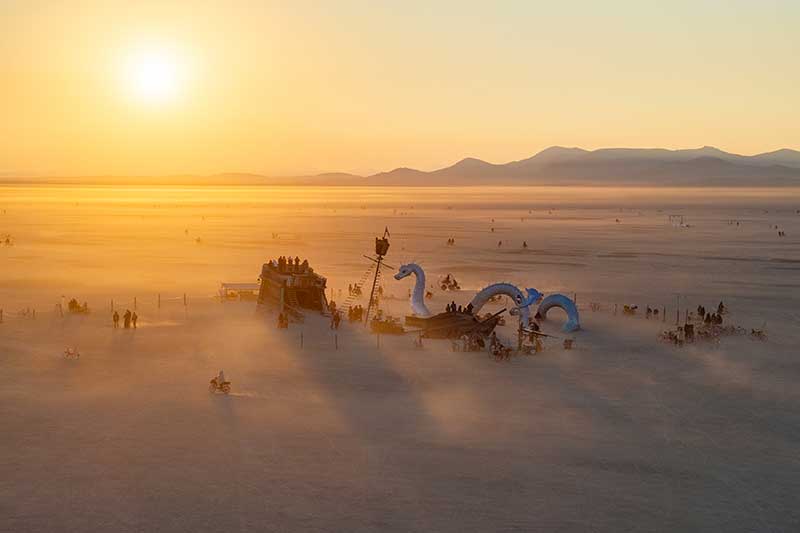
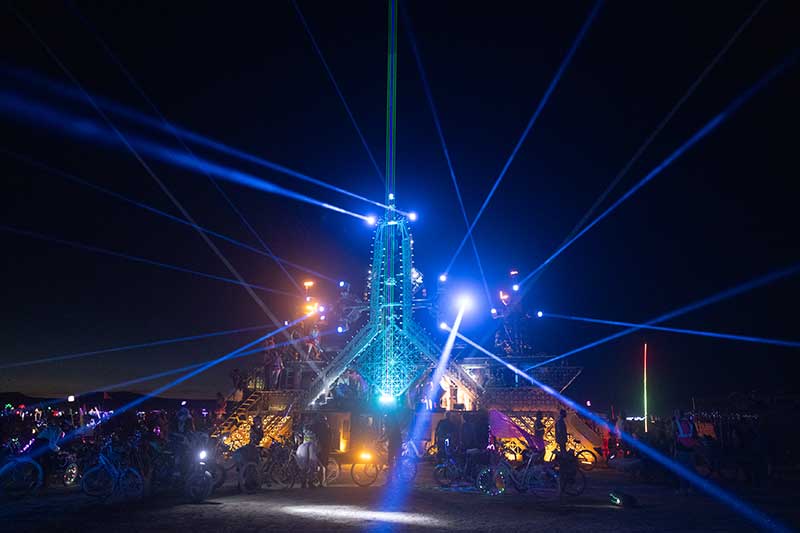
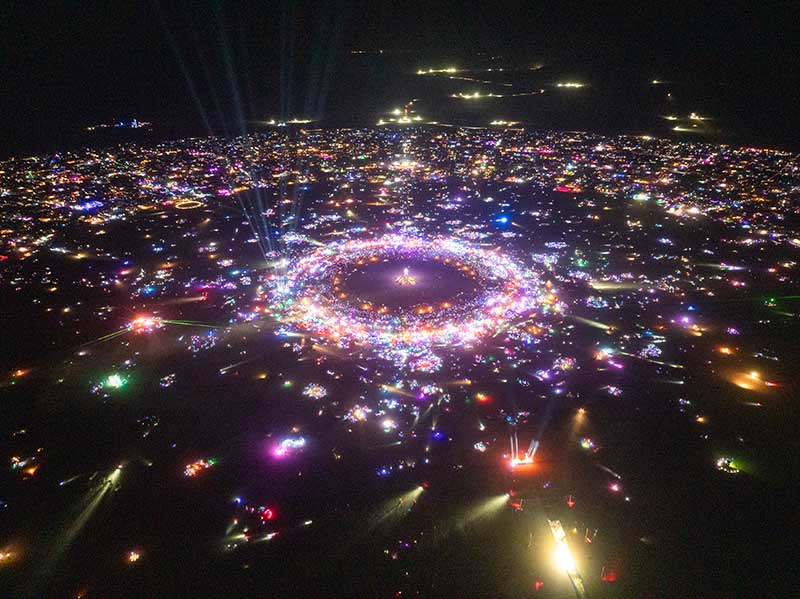
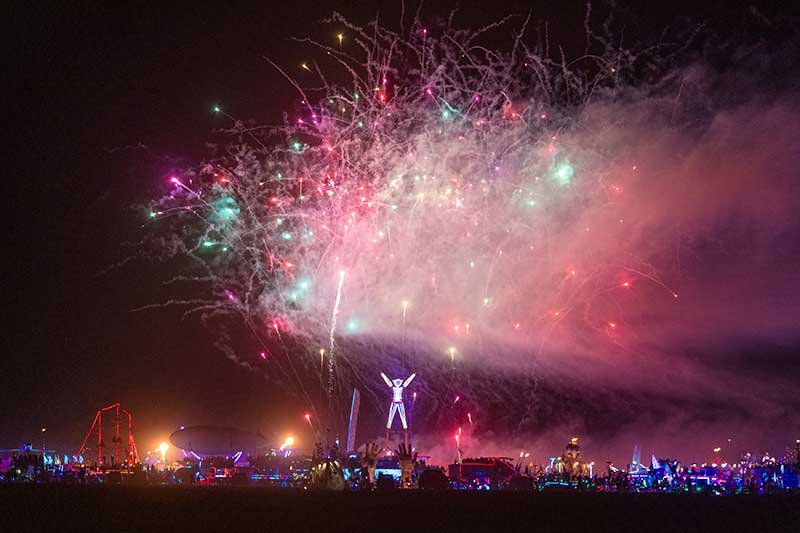
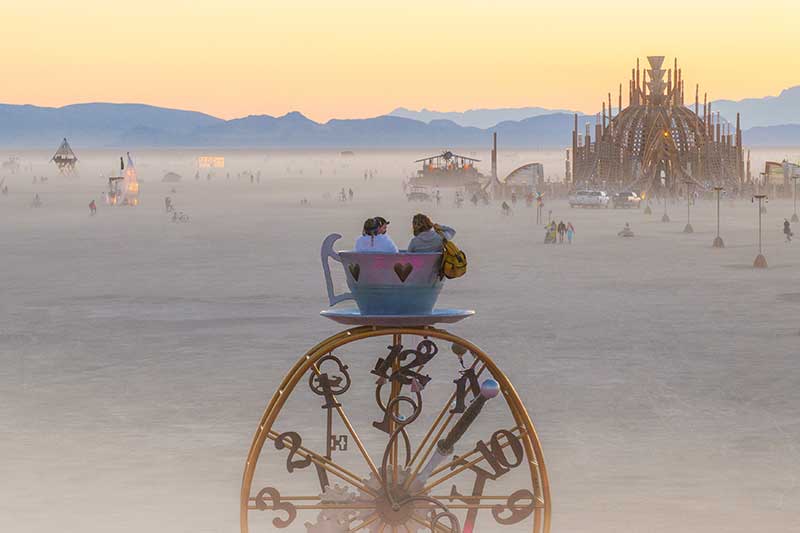
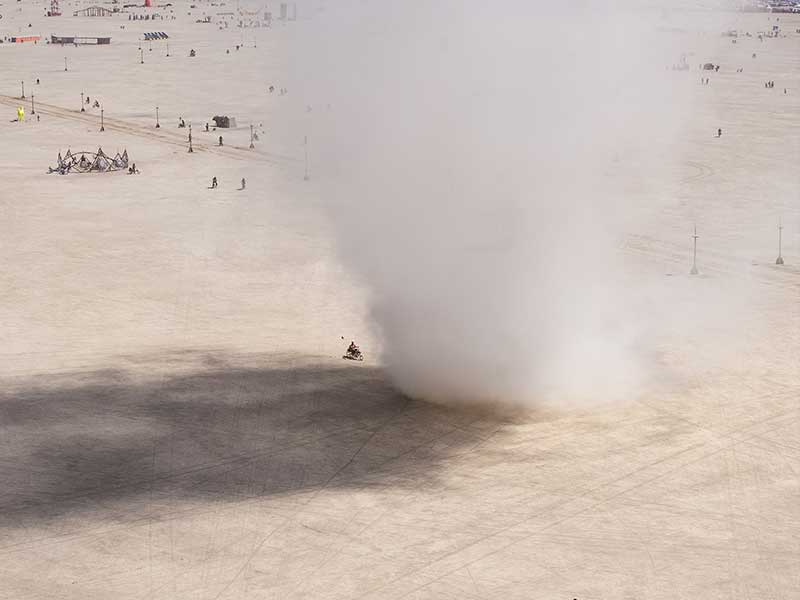
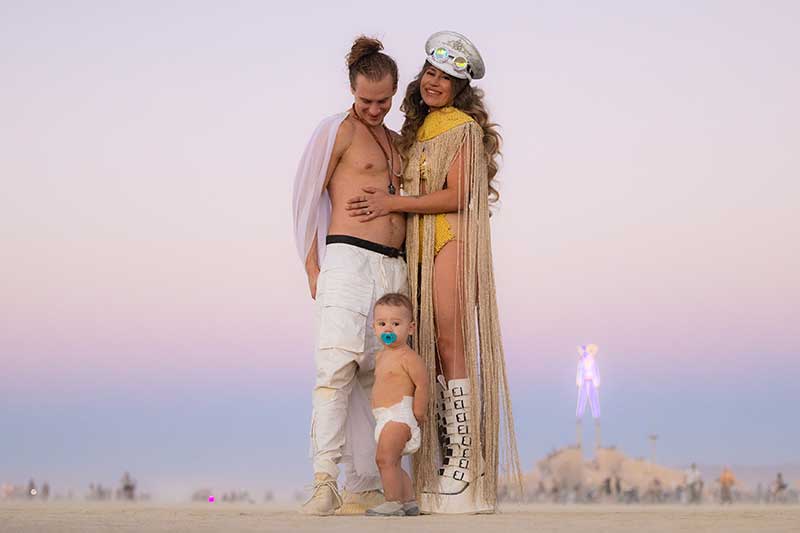
Beautiful